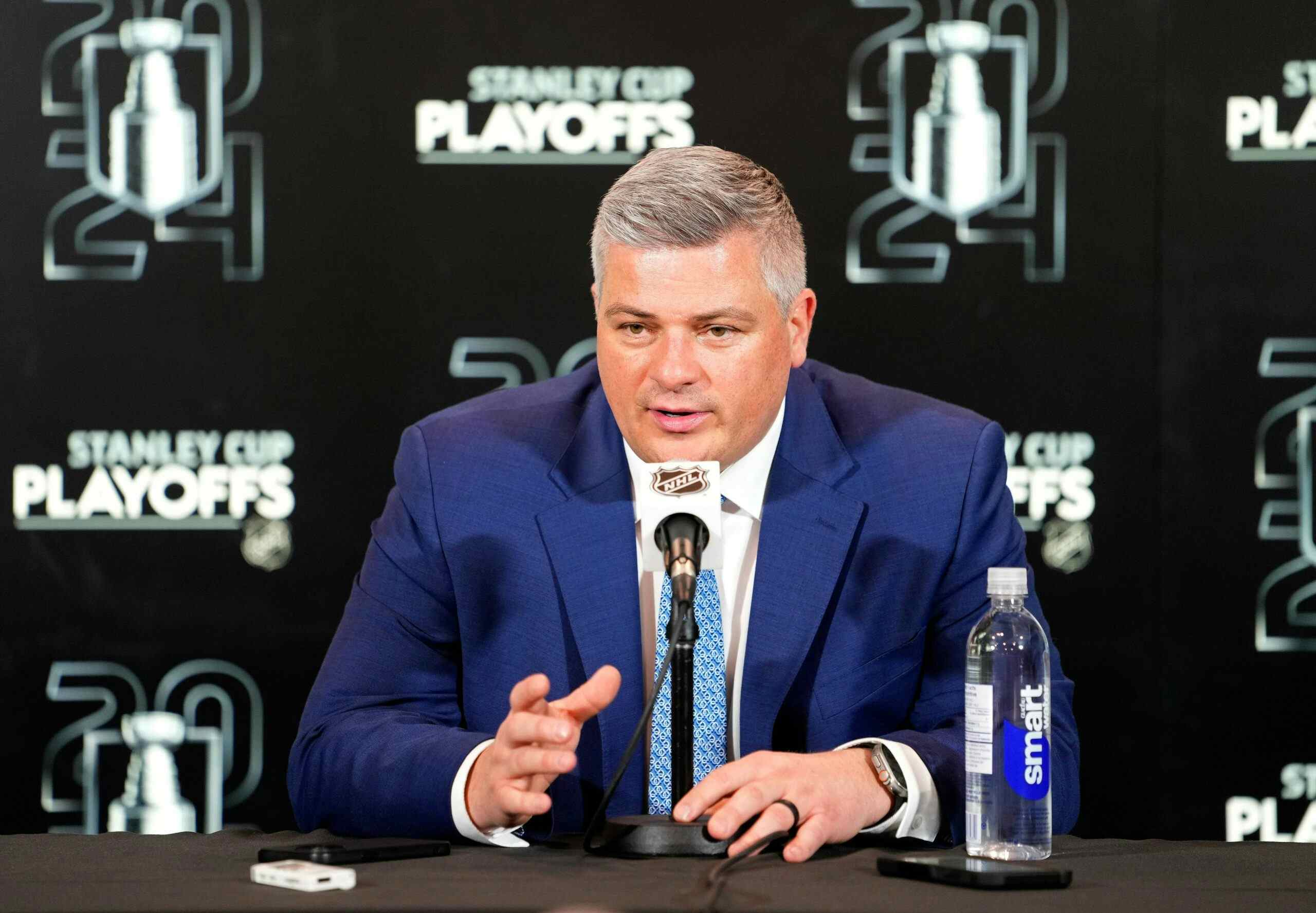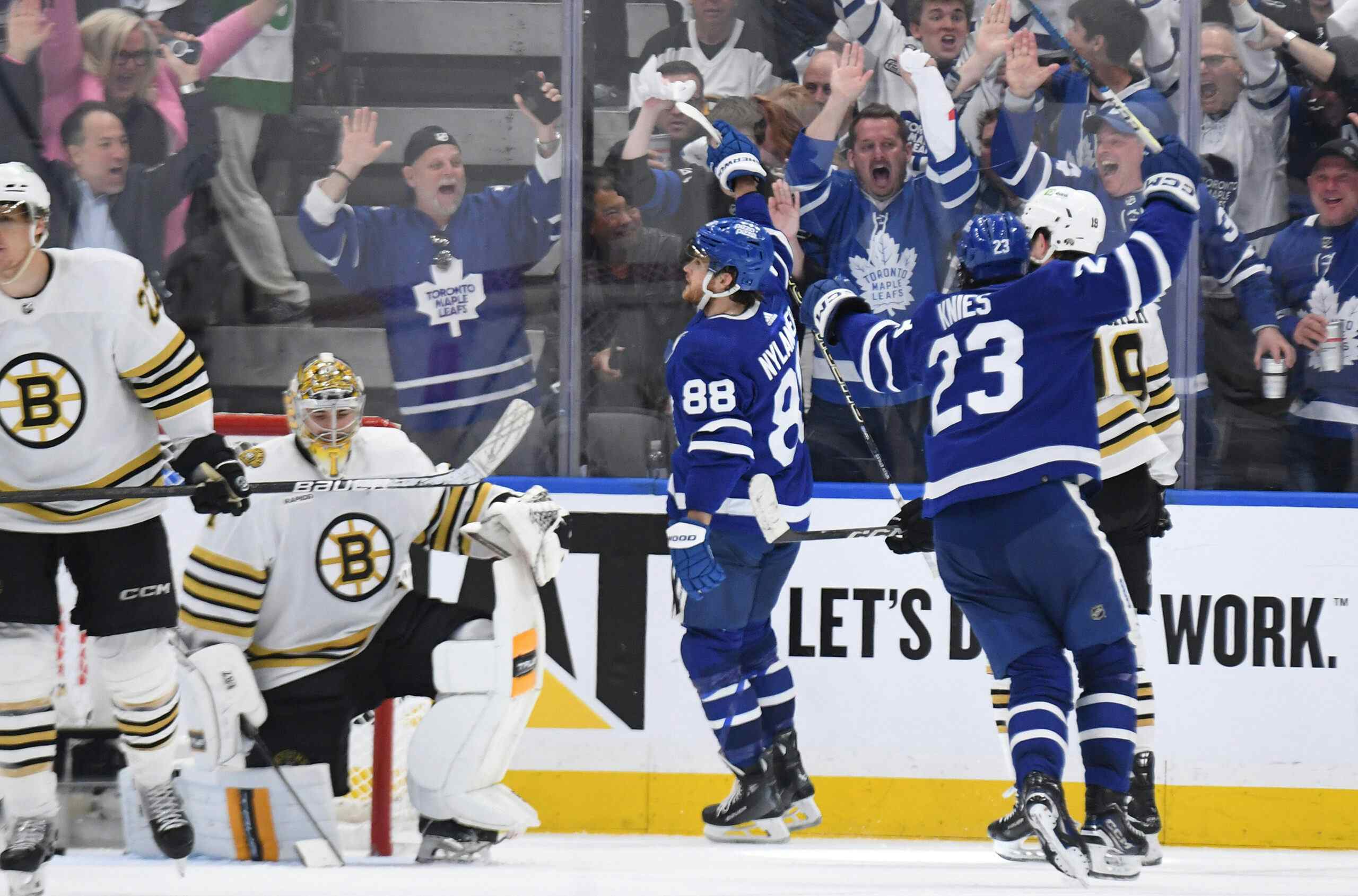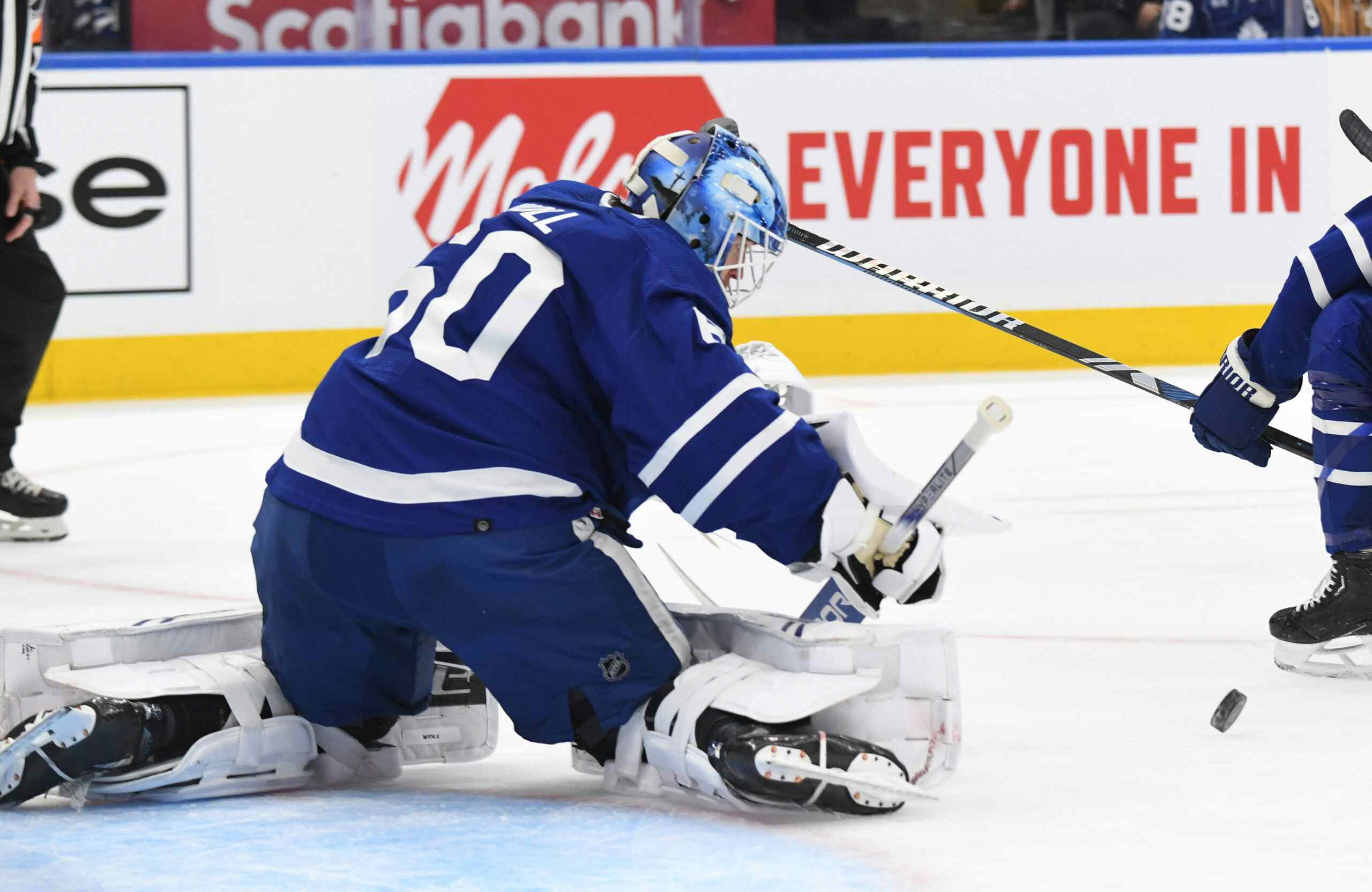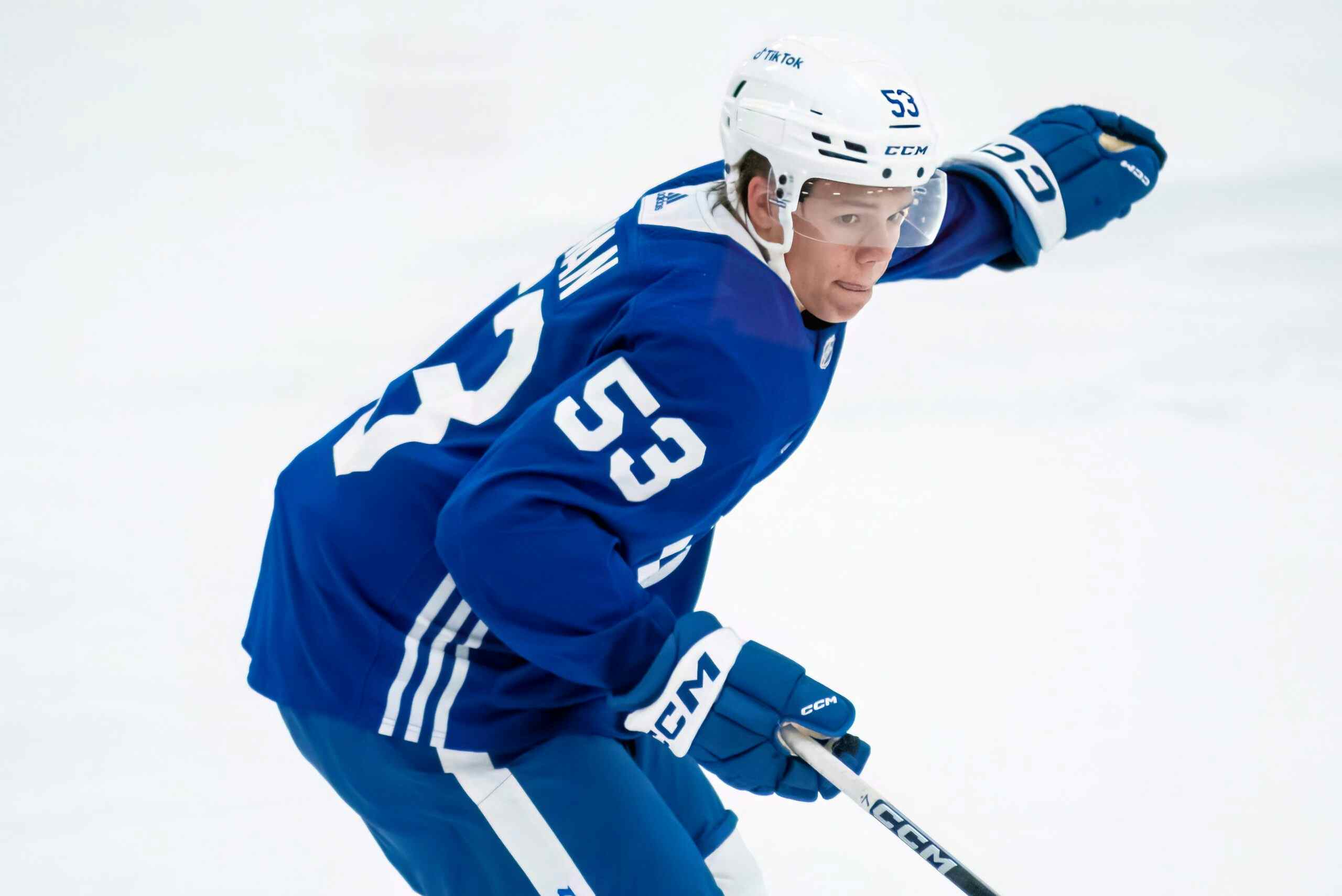Draft Numbers: CHL Forwards and the First Round
By Shawn Reis
8 years agoLast time I left you we had just wrapped up talking about the top CHL defensemen of this draft class and what sort of historic comparables they have based on their production, their size, and where they might be drafted. Today we’re going to go through the same exercise, only this time we’re looking at the top forwards of this draft class that are coming out of the CHL.
Quick refresher: what we’ll be doing is looking at every CHL forward drafted in the top ten, between 11th and 20th, and between 21st and 30th overall since the 2005 draft. Then we’ll be plugging in the top CHL forwards from this year’s draft class and seeing what sort of company history puts them in as an attempt at drawing some conclusions about how they might project down the road. Let’s get started:
THE TOP TEN
Here is every CHL forward taken in the top ten of the draft since 2005, with the CHL forward’s from this year’s draft class expected to go top ten emboldened in teal:
Player | Height | Draft Year PPG |
Sidney Crosby | 5”11’ | 2.71 |
Connor McDavid | 6”1’ | 2.55 |
Patrick Kane | 5”11’ | 2.50 |
Sam Gagner | 5”11’ | 2.23 |
Jonathan Drouin | 5”11’ | 2.14 |
Derick Brassard | 6”1’ | 2.00 |
Mitch Marner | 5”11’ | 2.00 |
Dylan Strome | 6”3’ | 1.91 |
John Tavares | 6”1’ | 1.86 |
Taylor Hall | 6”1’ | 1.86 |
Sam Reinhart | 6”1’ | 1.75 |
Steven Stamkos | 6”0’ | 1.72 |
Nathan Mackinnon | 6”0’ | 1.70 |
Tyler Seguin | 6”1’ | 1.68 |
Sean Couturier | 6”3’ | 1.66 |
Nikolaj Ehlers | 5”11’ | 1.65 |
Leon Draisaitl | 6”1’ | 1.64 |
Nail Yakupov | 5”11’ | 1.64 |
Ryan Strome | 6”1’ | 1.63 |
Sam Bennett | 6”1’ | 1.60 |
Evander Kane | 6”2’ | 1.57 |
Jonathan Huberdeau | 6”1’ | 1.57 |
Ryan Nugent-Hopkins | 6”1’ | 1.54 |
Jakub Voracek | 6”2’ | 1.46 |
Bobby Ryan | 6”2’ | 1.44 |
Logan Couture | 6”1’ | 1.44 |
Josh Bailey | 6”1’ | 1.43 |
Michael Dal Colle | 6”2’ | 1.42 |
Jeff Skinner | 5”11’ | 1.41 |
Nazem Kadri | 6”0’ | 1.39 |
Matt Duchene | 5”11’ | 1.39 |
Zach Hamill | 5”11’ | 1.35 |
Sean Monahan | 6”2’ | 1.34 |
Mathew Barzal | 5”11’ | 1.30 |
James Sheppard | 6”1’ | 1.27 |
Scott Glennie | 6”1’ | 1.27 |
Brayden Schenn | 6”1’ | 1.26 |
Gabriel Landeskog | 6”1’ | 1.25 |
Cody Hodgson | 6”0’ | 1.25 |
Gilbert Brule | 5”11’ | 1.24 |
Nick Ritchie | 6”3’ | 1.21 |
Brett Connolly | 6”2’ | 1.19 |
Mikkel Boedker | 6”0’ | 1.18 |
Mark Scheifele | 6”2’ | 1.14 |
Peter Mueller | 6”2’ | 1.12 |
Alexander Burmistrov | 6”1’ | 1.05 |
Jordan Staal | 6”4’ | 1.00 |
Benoit Pouliot | 6”3’ | 1.00 |
Jake Virtanen | 6”1’ | 1.00 |
Ryan Johansen | 6”3’ | 0.97 |
Devin Setoguchi | 6”0’ | 0.93 |
Pavel Zacha | 6”3’ | 0.92 |
Nino Niederreiter | 6”2’ | 0.92 |
Lawson Crouse | 6”4’ | 0.91 |
Bo Horvat | 6”0’ | 0.91 |
Alex Galchenyuk | 6”2’ | 0.00* |
*: played two regular season games
As expected, Connor McDavid’s numbers are in elite company and all signs continue to point towards him being an NHL superstar.
It’s a similar case for Mitch Marner and Dylan Strome. Not every player in their company is an elite player (Sam Gagner and Derrick Brassard say hello) but if nothing else the numbers point towards them being surefire top-six forwards in the NHL.
Things become a little more wide open as we go down the list. Mathew Barzal is right in the realm of the likes of Sean Monahan and Gabriel Landeskog, but he’s also in and around names like Zach Hamill, James Sheppard, and Scott Glennie. Still though, a team confident enough in his on-ice abilities should feel comfortable taking him in the top ten.
As for Pavel Zacha and Lawson Crouse, they are in an interesting mix. They’re right around players like Jordan Staal, Ryan Johansen, and Alex Galchenyuk, but they’re also around names like Benoit Pouliot and Devin Setoguchi. When you factor in their size it sure seems like they are safe bets to make the NHL, but, as has been mentioned with them before, there deserves to be a real discussion about what sort of offensive upside they have.
Another name to keep in mind is Timo Meier. He probably won’t go top ten but there is a chance he does. His 1.48 points per game would put him in very solid company with the likes of Jakub Voracek, Bobby Ryan, and Logan Couture.
A couple other of numbers to keep in mind: Dylan Strome’s point per game
clip with Connor McDavid out of the lineup (20 games total) was 1.45.
Mathew Barzal’s point per game clip after returning from a knee injury
that kept him sidelined for two months: 1.39 (28 games total).
clip with Connor McDavid out of the lineup (20 games total) was 1.45.
Mathew Barzal’s point per game clip after returning from a knee injury
that kept him sidelined for two months: 1.39 (28 games total).
11TH TO 20TH
Here is every CHL forward taken between 11th and 20th overall in the draft since 2005, with the CHL forward’s from this year’s draft class considered to have a chance at being taken in this range highlighted in yellow:

Timo Meier is more likely to go in this range of the draft, and his comparables here aren’t quite as flattering. Chris Stewart is an alright player and had a short stretch as a very good one. Marek Zagrapan on the other hand is less exciting. Farther down the list names like Anthony Mantha and Max Domi are enticing, but we can’t be sure that those players will end up reaching the potential that we think they have. That said, I have enough confidence in Timo Meier as a player that I would have absolutely zero qualms about using a high draft pick on him.
I’d argue it’s a very similar case for Evgeni Svechnikov who is expected to go in this range. The comparables aren’t great, but the talent is high enough that he deserves to be taken here.
Daniel Sprong is a lot more likely to be drafted in the last portion of this draft as opposed to in the middle of it, but if he were to be taken in the range his list of comparables would include Angelo Esposito, Alex Bourret, Kerby Rychel, and Sven Baertschi. So, a couple busts and a couple of prospects who we aren’t entirely sure of yet. But again, he’s a supremely talented player and, in my view, is more than worthy of a first-round grade.
Nick Merkley is also in this realm, comparing pretty closely with the likes of Rychel, Baertschi, and Brendan Perlini. Rychel seems to be on his way to becoming an NHLer but whether that’s as a top-six or a bottom-six player remains to be seen. With Baertschi, even though one NHL team has already given up on him, I still think he has solid NHL potential. Perlini was the 12th overall pick of the Arizona Coyotes last June and he’s progressing well (60 points in 43 games this season) but we really don’t know how he’ll turn out in the pros yet. All in all, decent company.
Travis Konecny and Jansen Harkins share a 1.13 points per game, the big difference between them being that Konecny is expected to be drafted in this range and Harkins is more of a long shot to be drafted in this range. Nonetheless, the comparables include Mark McNeill and Joey Hishon. McNeill doesn’t appear to have a future in the NHL. Hishon might, but he’s missed a lot of development time due to concussion issues. I’d argue Hishon might just have been a pretty good NHL forward if not for that though.
Jake DeBrusk is right on the cusp of being drafted in this range and the point per game comparables, as has been the case with basically all the forwards in this range, either isn’t conclusive or isn’t great. Or both.
Paul Bittner might just be the safest bet of anyone here to turn into an NHL forward. He’s ranked 20th by Bob McKenzie so his odds of being drafted here are pretty solid. Both production-wise and size-wise he projects favorably to Austin Watson and Zack Kassian. Watson may or may not establish himself as an legitimate NHL forward. If he does, it would almost assuredly be as a bottom-six forward. Kassian is an NHLer and a good one for what he is, but that’s again as a bottom-six forward. Based on what I’ve seen of Bittner, what these numbers say about Bittner, and what PCS% has to say about Bittner (he scores a 31.82), I’d say Bittner projects as a safe bet to make the NHL as a bottom-six forward.
Overall, this range of forwards is a pretty mixed bag. Points per game doesn’t seem to do much of a job predicting the success of CHL forwards here. You could argue that size does – Chris Stewart, Zack Kassian, Peter Holland, Brandon Sutter, and Tom Wilson are all 6″2′ or taller – but that impact seems to be minimal at best. In this range of the draft, you’re a lot better just relying on your eyes.
21ST TO 30TH
Here is every CHL forward taken between 21st and 30th overall in the draft since 2005, with the CHL forward’s from this year’s draft class considered to have a chance at being taken in this range highlighted in yellow:

I might just argue points per game is a better predictor in this range than between 11th and 20th. That said, a lot of the players on this list like Nikolay Goldobin, Hunter Shinkaruk, Nikita Scherbak, Stefan Noesen, Emile Poirier, and many others are still developing so we really don’t know with certainty how these players will turn out. But all are, if nothing else, solid prospects.
Anthony Beauvillier is in close proximity to the likes of Goldobin and Shinkaruk. Beauvillier is an interesting case and there’s a very real chance he doesn’t get drafted in this range at all. He’s ranked 43rd on Bob McKenzie’s consensus rankings, but I’ve also seen plenty of people rank him in the first round (including us).
Sprong is surrounded by Tyler Ennis and Josh Ho-Sang. Ennis is a legitimate top-six forward in the NHL. Ho-Sang had a so-so season, but at this point he’s still a good prospect. Sprong might be most likely to be drafted in this range, and his historic company is good.
His teammate Filip Chlapik, to be honest, will probably be an early 2nd-round pick. But some have him in the first, and if he is taken in this range he’d be surrounded by the likes of David Perron and Stefan Noesen (who was part of the Bobby Ryan to Ottawa trade). Good company.
The list goes on. Harkins and DeBrusk are in good company around the likes of Poirier, Nick Foligno, and Jordan Eberle. Paul Bittner shares a seat with Morgan Klimchuk and Phillip Danault (two bottom-six NHL prospects, which further aligns with the thought that Bittner projects as a bottom-six forward in the NHL).
Another name to consider is Mitchell Stephens of the Saginaw Spirit. He’s unlikely to be a first-rounder, but a strong U18 tournament for Canada has put him in the conversation. He had a 0.77 points per game this season.
I would also suggest not to forget the likes of Travis Konecny, Nick Merkley, or Evgeni Svechnikov. None of those players are expected to be available in this part of the draft but they very well could be. There are almost always a couple players who fall well below their expected range in the first round. It doesn’t help Konecny or Merkley that they are 5″10′, or Svechnikov that he’s Russian. I’m not sure if that’s enough to drop those players into this range, but it might be. Now falling into the 20s is one thing, but would any of these players make it all the way down to the Leafs at 24? Probably not, but you never know.
Speaking of size, one thing to point out here is that the players 5″11′ or below drafted in this range are: Robby Fabbri, Claude Giroux, Hunter Shinkaruk, Tyler Ennis, Steve Downie, Ryan Hartman, Jordan Eberle, and Conner Bleackley. Aside from Bleackley, all of these players had a points per game of 1.07 or better. There might be something to this in that you may be able to get a highly skilled player at a bargain based on other teams overlooking these players due to perceived lacked of size. In this sense, it might be worth nothing that Travis Konecny, Nick Merkley, and Anthony Beauvillier are all 5″10′.
WRAP-UP AND CONCLUDING THOUGHTS
Like our look at CHL defensemen, I think the most predictive part of the draft as far as points and size go is the top ten. Based on what we saw, it seems the likes of Marner, Strome, and Barzal all have bright futures ahead of them. And because of their size, Zacha and Crouse might just be able to overcome their poor draft year numbers. That McDavid kid isn’t bad either.
Other players who fare well here are Timo Meier, Evgeni Svechnikov, and Daniel Sprong. But as we saw, points per game isn’t nearly as effective a predictor of NHL success once you get into the later parts of the first round. Size appears to have some predictive ability as far as really tall players and really short players go, which is interesting. For taller players, having that advantage may be a way to overcome lesser talent. For smaller players, their talent level may be ovelrooked. This has possible implications for the likes of Paul Bittner, Travis Konecny, Nick Merkley, and Anthony Beauvillier.
In the next installment of the Draft Numbers series we’ll be taking a look at USHL forwards taken in the first round since 2005, and what that might mean for the likes of Kyle Connor, Colin White, Brock Boeser, and others.
Recent articles from Shawn Reis





